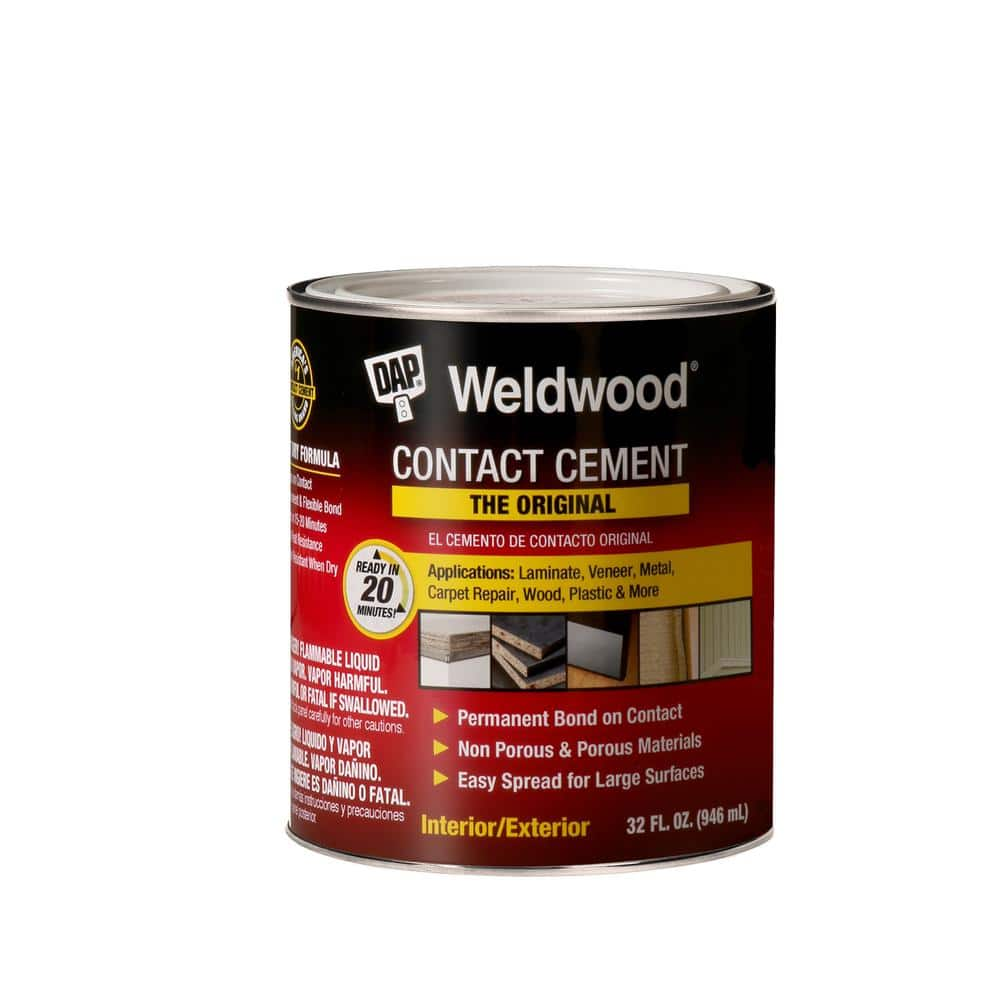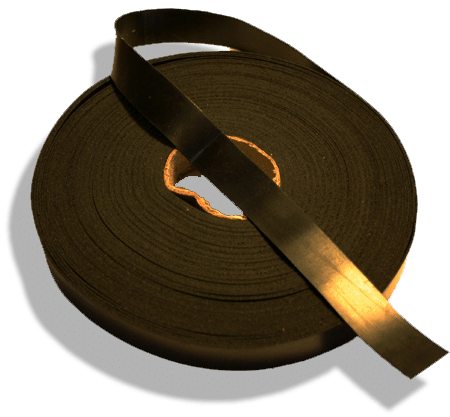I want to replace latex wrist seals on a fabric drysuit myself with a set of seals that are properly sized for me. The suit had seals put on that were on top of the base of a prior set of seals, so I removed both to the level of the fabric with the help of a heat gun. There are just little yellow brown bits left attached to the seam trim.
I have three questions.
The first is what is the yellow residual stuff? I think it’s left over aqua seal or equivalent. Do I have to remove it entirely?
The second is what is the most appropriate type of adhesive to use? I’ve read and watched material advocating aqua seal, neoprene cement, and even neoprene cement for a base on top of the fabric followed by aqua seal for the seal itself.
The third is how hard is this really? Paddlers seem to do this a lot on their own, but divers seem happier to send it out to a shop? Before we get into latex seals versus replaceable ring systems, I have a suit with rings as well; I want to give this a go for learning purposes.
I have three questions.
The first is what is the yellow residual stuff? I think it’s left over aqua seal or equivalent. Do I have to remove it entirely?
The second is what is the most appropriate type of adhesive to use? I’ve read and watched material advocating aqua seal, neoprene cement, and even neoprene cement for a base on top of the fabric followed by aqua seal for the seal itself.
The third is how hard is this really? Paddlers seem to do this a lot on their own, but divers seem happier to send it out to a shop? Before we get into latex seals versus replaceable ring systems, I have a suit with rings as well; I want to give this a go for learning purposes.





